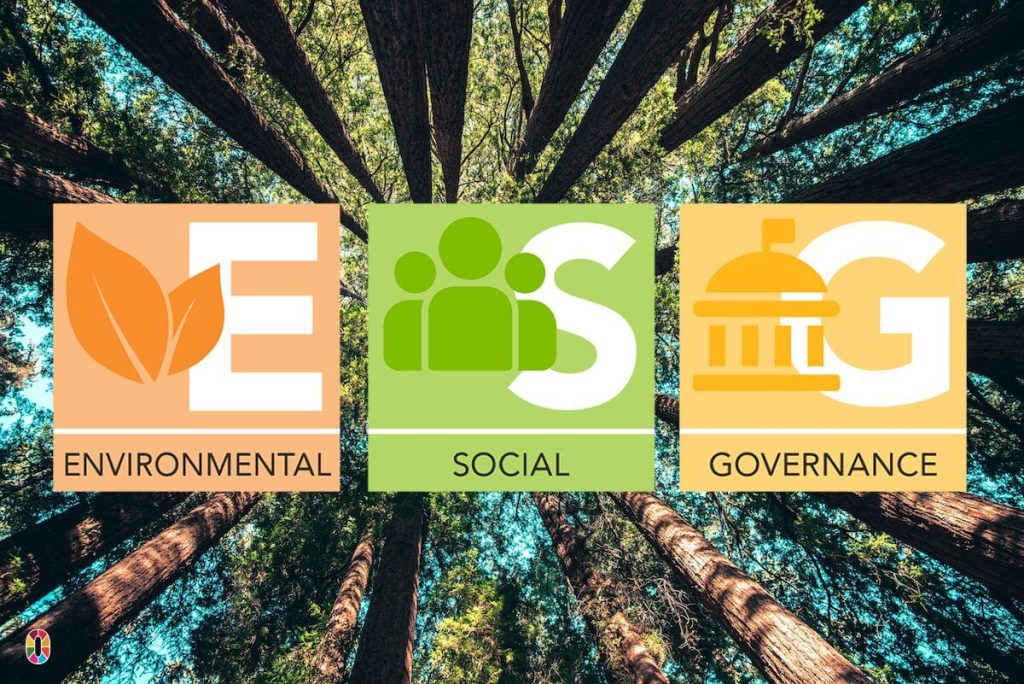The Crucial Role of Environmental, Social, and Governance (ESG) Factors in the Carbon Credit Landscape
Share this article:
Introduction
In today's rapidly changing world, the significance of sustainable practices has reached new heights. As concerns about climate change intensify and stakeholders demand responsible corporate behavior, the integration of Environmental, Social, and Governance ESG factors has emerged as a vital compass for businesses and industries, particularly in the realm of carbon credits. In this article, we explore the profound impact of ESG factors on the carbon credit landscape and the profound implications they carry for a greener, more sustainable future.

Understanding ESG Factors
ESG encapsulates three critical pillars that assess a company's overall impact on the environment, society, and its governance practices:
1. Environmental Factors
This dimension evaluates an organization's ecological footprint, including its carbon emissions, energy consumption, waste management, and natural resource use. In the context of carbon credits, environmental factors are pivotal. The goal of carbon credit projects is to offset or reduce carbon emissions, directly contributing to a lower carbon footprint and a healthier environment.
2. Social Factors
The social component examines a company's interactions with its employees, stakeholders, and the communities it operates in. It assesses aspects like labor practices, community engagement, diversity and inclusion, and social impact. Carbon credit projects that positively impact local communities, provide employment opportunities, and promote social well-being align seamlessly with the social dimension of ESG.
3. Governance Factors
Governance focuses on the structure, ethics, transparency, and accountability of an organization. It addresses issues like executive compensation, board diversity, risk management, and corporate ethics. In the realm of carbon credits, adherence to strong governance practices is crucial for maintaining the integrity of the projects and ensuring the accurate measurement and reporting of carbon reductions.
ESG Factors and the Carbon Credit Landscape
The convergence of ESG principles and carbon credit initiatives is both natural and powerful. Here's a closer look at how ESG factors are interconnected with the carbon credit landscape:
1. Environmental Stewardship
Carbon credits inherently contribute to environmental well-being by curbing carbon emissions. ESG's environmental dimension aligns with carbon credit projects, as they are designed to tackle climate change by mitigating greenhouse gas emissions. When evaluating carbon credit projects, their effectiveness in driving carbon reductions is a direct reflection of their alignment with the environmental facet of ESG.
2. Social Responsibility
The social component of ESG highlights the importance of ethical business practices and community engagement. Carbon credit projects often benefit local communities, creating jobs and supporting sustainable livelihoods. This resonance with social responsibility demonstrates the potential for carbon credit initiatives to simultaneously address climate change while promoting social well-being.
3. Transparent Governance
Robust governance practices ensure the credibility and reliability of carbon credit projects. ESG's governance factor emphasizes accountability, transparency, and risk management. Rigorous verification and certification processes, which are integral to carbon credit projects, align with ESG's governance principles, bolstering the trustworthiness of the carbon credit market.
ESG Factors as a Catalyst for Progress
Beyond regulatory compliance, integrating ESG factors is a strategic move. Companies and projects that prioritize ESG considerations often experience benefits such as enhanced reputation, improved risk management, and stakeholder satisfaction. For the carbon credit industry, adopting ESG practices can attract investors and partners who share a commitment to sustainability. It can also pave the way for a more resilient and sustainable future, positioning organizations as leaders in environmental and social progress.
Shaping a Sustainable Future
As the world grapples with pressing environmental challenges, the marriage of ESG principles with carbon credit initiatives becomes imperative. This partnership ensures that emission reduction efforts are not isolated endeavors, but holistic contributions to a more sustainable world. The collaborative power of ESG factors and carbon credits has the potential to drive positive change, inspire responsible practices, and ultimately shape a future where environmental protection, social well-being, and sound governance are at the forefront of global priorities.
Subscribe to our Newsletter
In our pursuit to foster and rejuvenate the natural world, we encounter several remarkable milestones along our journey. This extraordinary expedition beckons, and we wholeheartedly invite you to embark on this venture alongside us in.